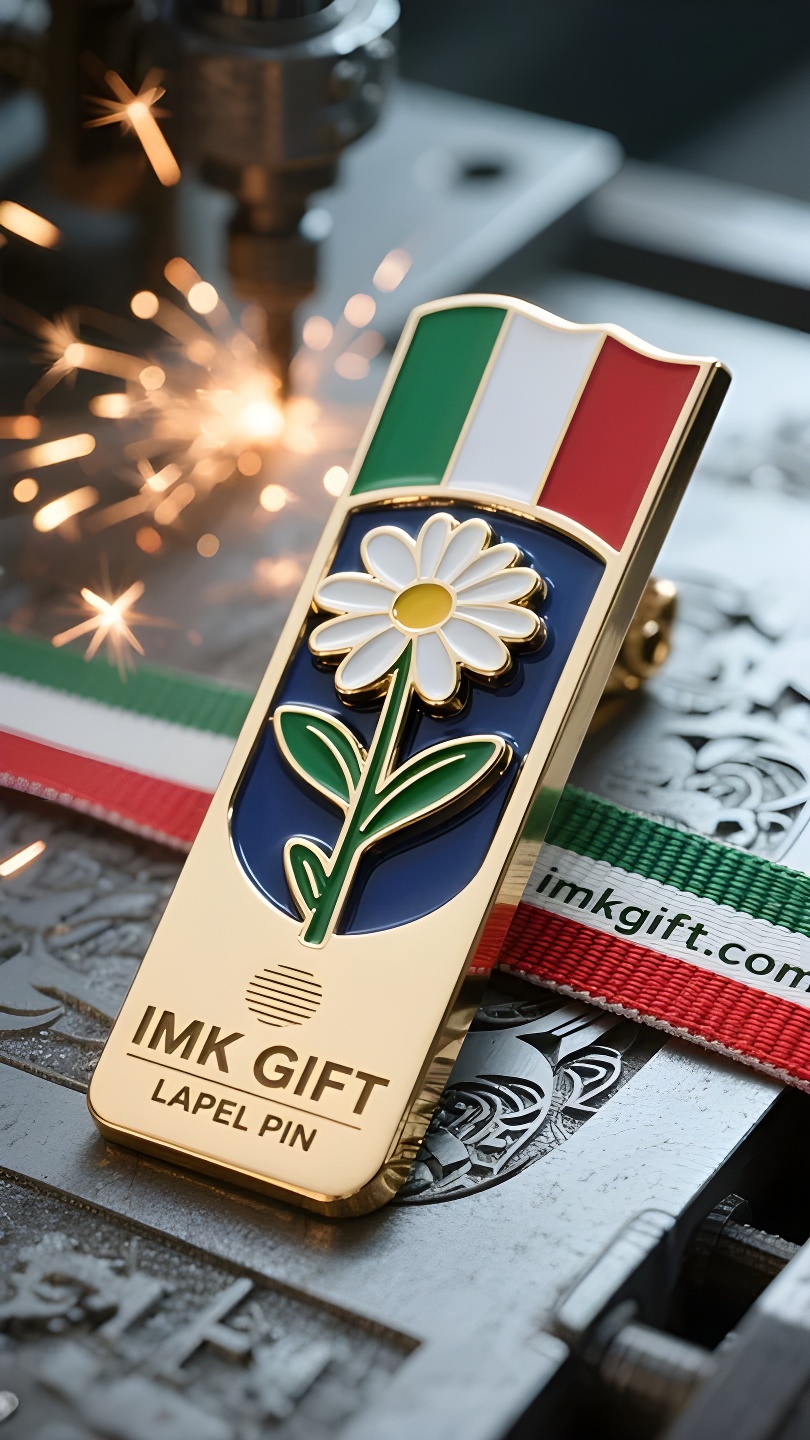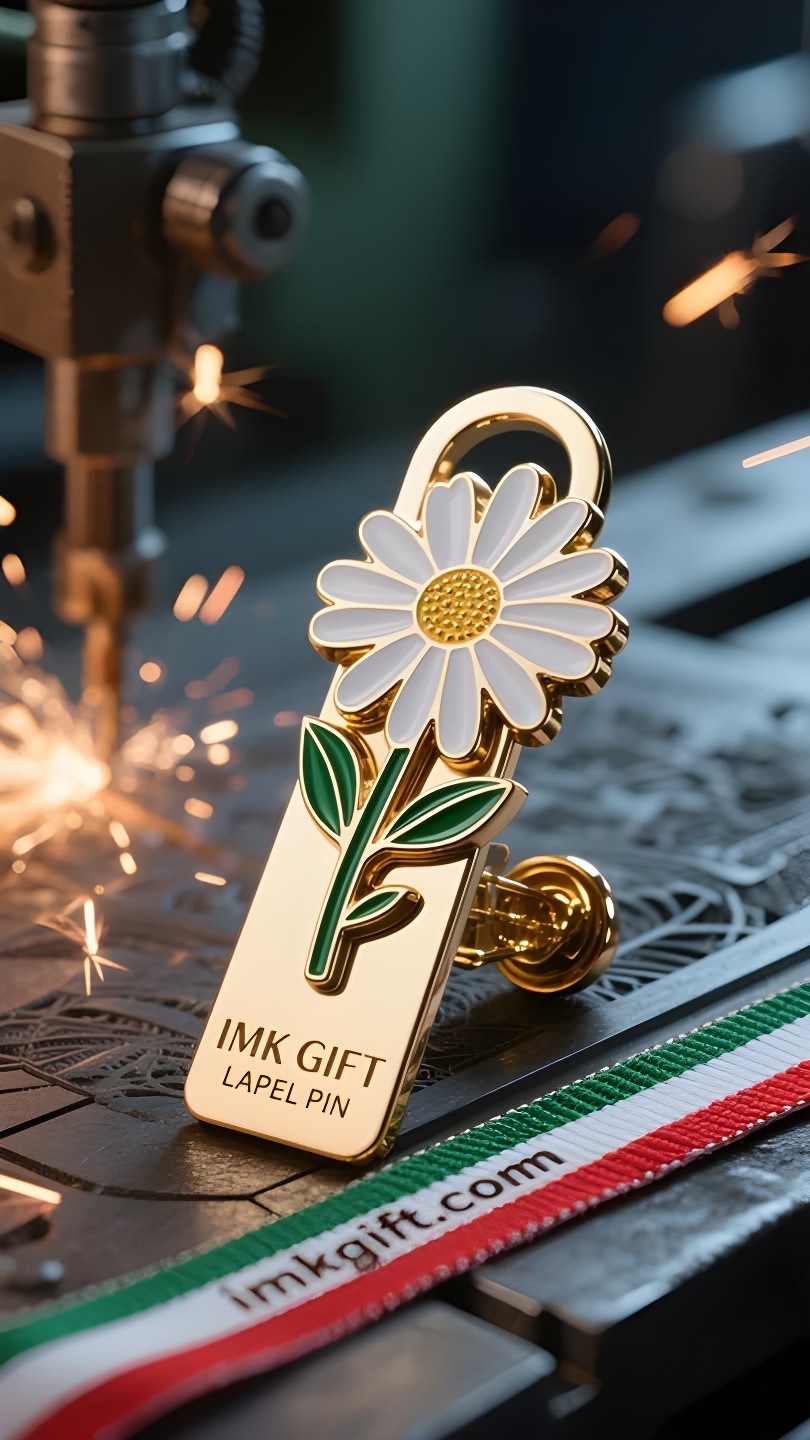in983-Tre-colori-di-luce-nel-segnalibro-margherita
▼
Ad aprile in Italia fioriscono le margherite sugli Appennini. In tutto il Paese le persone commemorano in vari modi il Giorno della Liberazione del 25 aprile, il giorno in cui, settantanove anni fa, la bandiera tricolore sventolò di nuovo sotto il cielo della libertà. Se aprite le memorie di un veterano italiano in quel periodo, vedrete spesso un segnalibro con un esemplare di margherita. I petali secchi sono ancora ostinatamente distesi, come il fuoco mai spento della vita. I colori verde, bianco e rosso della bandiera italiana sono proprio come il codice ecologico delle margherite: steli e foglie verdi sostengono petali bianchissimi, e al centro ardono gli stami rossi. Questo fiore selvatico può crescere nelle crepe delle rocce e, durante la Seconda Guerra Mondiale, venne utilizzato dai guerriglieri come indicatore segreto per guidare la via verso la liberazione. Le margherite trasformate oggi in segnalibri non sono solo esemplari naturali, ma simboleggiano anche la resilienza dello spirito nazionale dei “fiori che sbocciano nelle crepe delle rocce”. Le pieghe dei segnalibri sono spesso ricoperte da strisce raffiguranti le bandiere nazionali, a ricordarci che la storia va letta e riletta ancora e ancora. Così come il segnalibro a forma di margherita segna la temperatura delle parole, la bandiera tricolore registra il peso della libertà. Quando le giovani generazioni toccano questi vecchi segnalibri, le loro dita sfiorano non solo la consistenza delle pagine di carta, ma anche la scintilla spirituale che trascende il tempo e lo spazio: il coraggio di credere ancora nell’alba nei momenti più bui e di persistere nel seminare speranza sulle rovine. Le margherite fioriscono ogni anno e i segnalibri rimandano sempre ai capitoli incompiuti. I tre colori dell’Italia brillano su ogni persona comune, aiutandola a scrivere la propria epopea eroica.
In April, daisies bloom in the Apennines in Italy. People in this land are commemorating the Liberation Day of April 25 in various ways – the day when the tricolor flag once again flew under the free sky 79 years ago. If you open a memoir of an Italian veteran at this time, you will often see a bookmark with a daisy specimen, and the dried petals are still stubbornly stretched, like a fire of life that will never go out. The green, white and red colors of the Italian flag are just like the ecological code of the daisy: the green stems and leaves hold up the pure white petals, and the red stamens burn in the center. This wild flower can grow in the cracks of rocks. During World War II, it was used as a secret mark by guerrillas to guide the road to liberation. Today, the daisies made into bookmarks are not only natural specimens, but also symbolize the tenacity of the national spirit of “flowers growing in the cracks of rocks”. The folds of bookmarks are often plated with national flag stripes, reminding us that history needs to be read over and over again. Just as the daisy bookmark marks the temperature of the text, the tricolor flag records the weight of freedom. When the younger generation touches these old bookmarks, their fingertips not only touch the texture of the paper, but also the spiritual fire that transcends time and space – the courage to believe in the dawn in the darkest moment and to persist in sowing hope on the ruins. Daisies are reborn every year, and bookmarks always point to unfinished chapters. The three colors of Italy are shining on every ordinary person to write his or her own heroic epic.
四月的意大利,雏菊在亚平宁山脉次第绽放。这片土地上的人们正以各种方式纪念4月25日解放日——七十九年前,三色旗重新飘扬在自由天空下的日子。此时若翻开一本意大利老兵的回忆录,常会见到夹着雏菊标本的书签,干枯的花瓣仍倔强舒展,犹如永不熄灭的生命之火。
意大利国旗的绿、白、红三色,恰似雏菊的生态密码:绿色茎叶托举纯白花瓣,红色花蕊在中央燃烧。这种野花能在石缝中生长,二战期间曾被游击队员用作秘密标记,指引解放道路。如今制成书签的雏菊,既是自然标本,更象征着民族精神中那份”石缝生花”的韧性。
书签的折痕处常镀着国旗条纹,提醒我们:历史需要被反复翻阅。正如雏菊书签标记着文字的温度,三色旗记录着自由的分量。当年轻一代触摸这些旧书签,指尖掠过的不只是纸页的纹理,更是跨越时空的精神火种——那些在至暗时刻依然相信黎明,在废墟之上坚持播种希望的勇气。
雏菊年年新生,书签永远指向未完成的章节。意大利的三色光,正照耀着每个平凡人书写自己的英雄史诗。
▼
Contact Us
📞 Tel: +0086-760-85286839
📧 Email: sales3@imkgift.com








